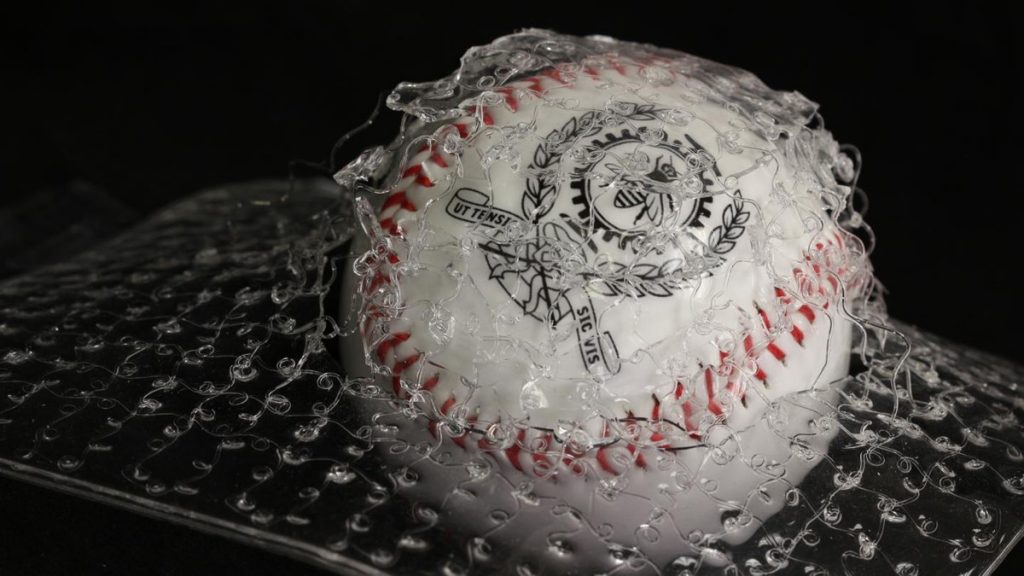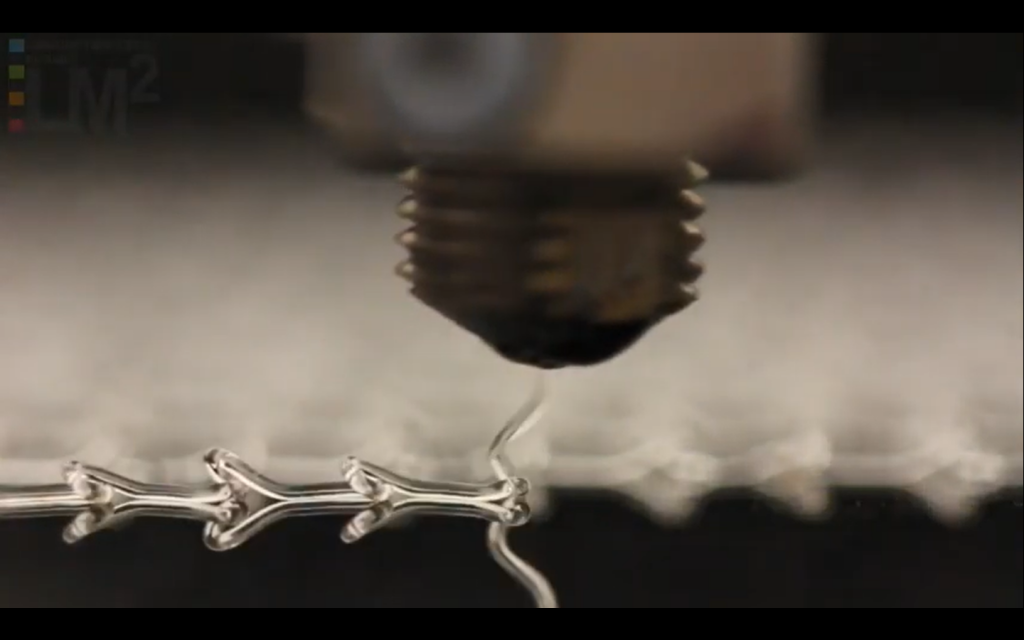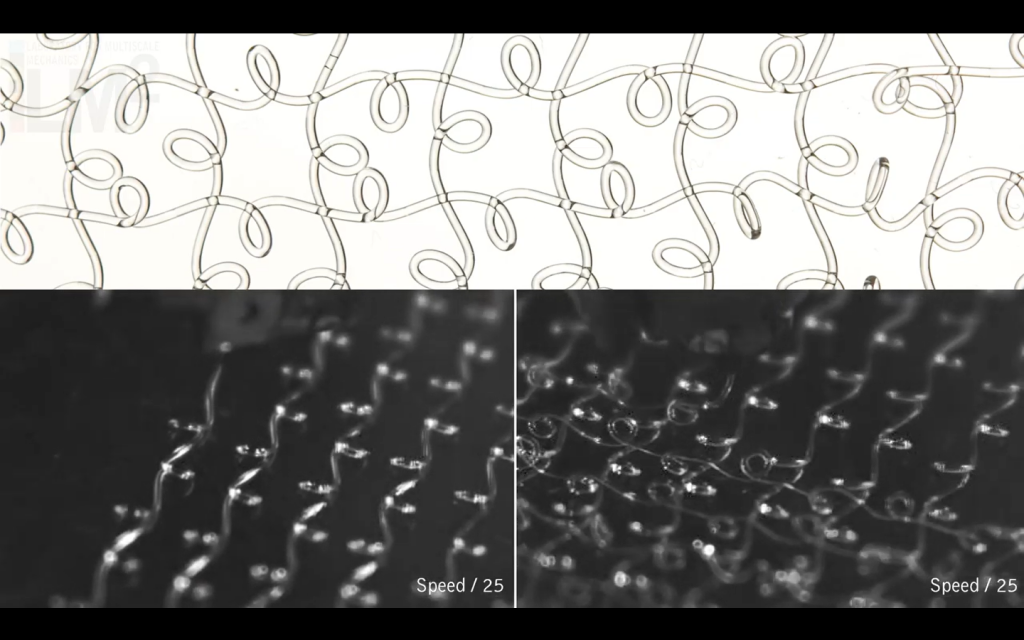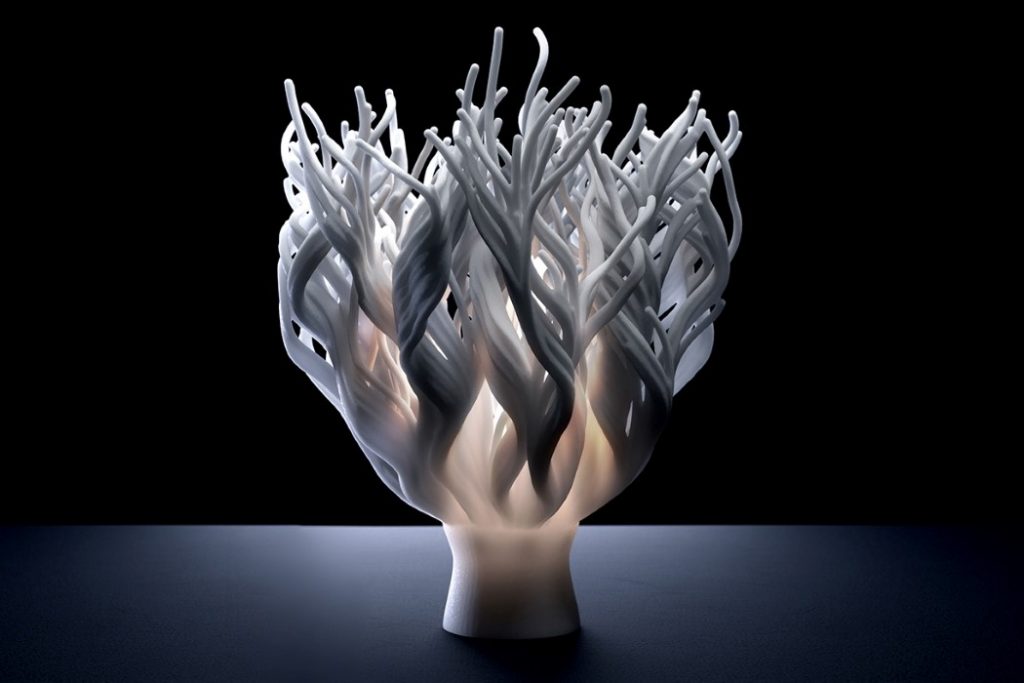There are few things more frustrating than getting a little tiny crack or even a big crack in your smartphone screen. That’s really annoying. My friend recently dropped his phone with a screen protector again. He’ve broken that screen about four times over the period of the last 2 or 3 months. Ah, If we could only get a self-healing phone screen!
Thanks to the efforts of the Professors Frédérick Gosselin and Daniel Therriault, Now we can do more than just imagine.
These two researchers have much success in producing an ultra-strong polymer fibre and the inspiration came from the structure of spider silk.They claimed it was made of the unique molecular structure of the proteinacious material,which can absorb up to 96 percent of impact energy before breaking. This helps to creat the unbreakable plastic coverings for various kinds of delicate technology devices.

Other than this bionic design,the researchers adopted the technology of 3D printing. Heat the polycarbonate first to make it become viscous like honey.Then Professor Gosselin’s team made use of this property to print a series of fibres less than 2mm thick. They repeated the process quickly, “weaving” a new series of fibers in a vertical arrangement to achieve the entire network solidification.
It’s worth noting that as the 3D printer slowly extruded polycarbonate to form a fiber, the molten plastic finally formed a series of hardened loops that give the fiber extra strength as sacrificial links.


When the impact happened, these fibers actively withstood the damage caused by the impact energy, sacrificing the ego in the similar way that spider silk proteins do to protect the integrity of the whole.
Looking forward , the technology is expected to help electronic devices achieve the desired effect of impact protection.We might also be able to make a new type of bullet-proof glass, or a protective coating for aircraft engines.

没有评论:
发表评论